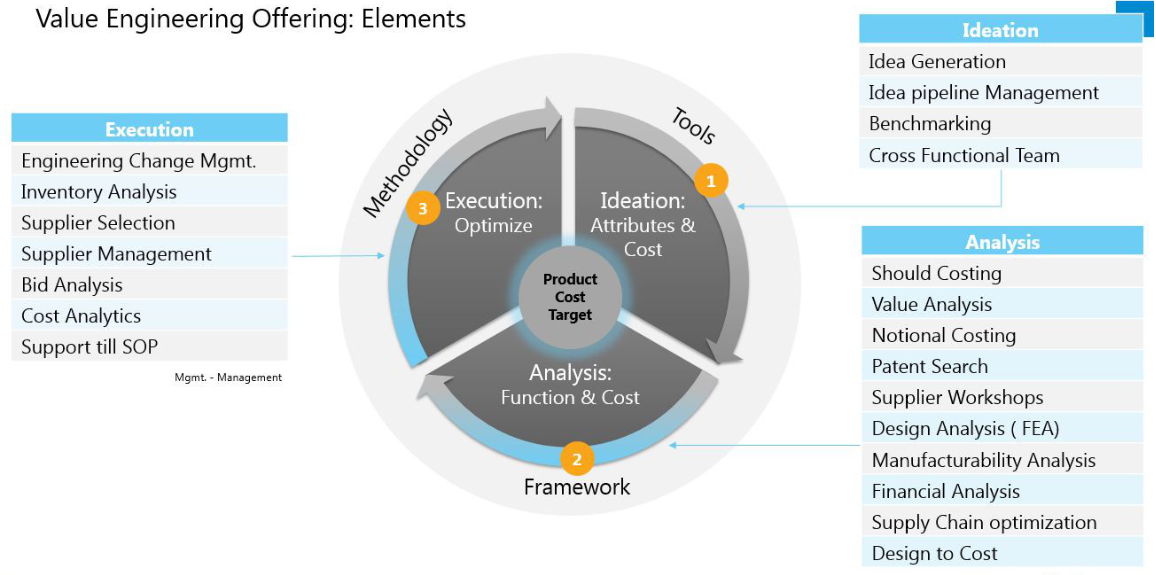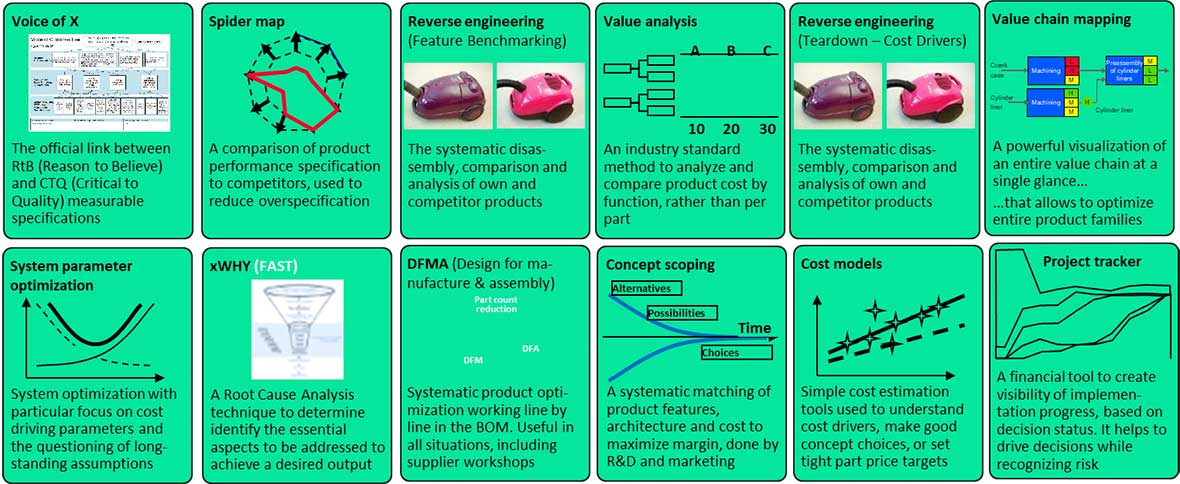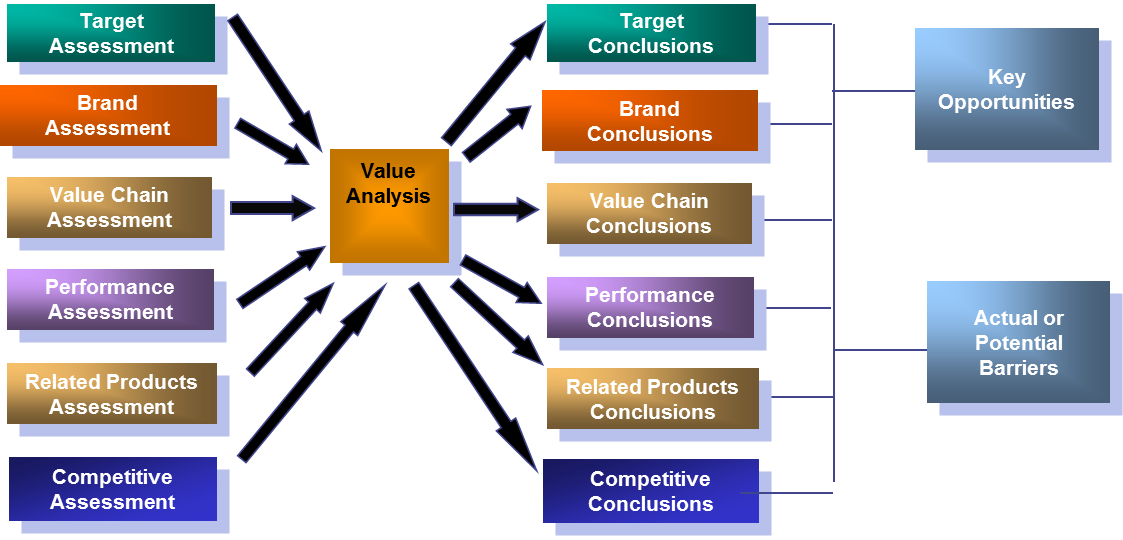Value
Engineering Definition

Value engineering can be defined as an
organized effort directed at analyzing designed building features, systems,
equipment, and material selections for the purpose of achieving essential
functions at the lowest life cycle cost consistent with required performance,
quality, reliability, and safety.
In the design phase of federal building development, properly applied value engineering considers alternative design solutions to optimize the expected cost/worth ratio of projects at completion. Value engineering elicits ideas on ways of maintaining or enhancing results while reducing life cycle costs.
In the construction phase, GSA PBS contractors
are encouraged through shared savings to draw on their special ‘know-how’ to
propose changes that cut costs while maintaining or enhancing quality, value,
and functional performance.
What Is Value Engineering?
Value engineering is a systematic and organized approach to providing the necessary functions in a project at the lowest cost. Value engineering promotes the substitution of materials and methods with less expensive alternatives, without sacrificing functionality. It is focused solely on the functions of various components and materials, rather than their physical attributes. Value engineering is also called value analysis.

Understanding Value Engineering
Value engineering is the review of new or
existing products during the design phase to reduce costs and increase
functionality in order to increase the value of the product. The value of an
item is defined as the most cost-effective way of producing an item without
taking away from its purpose. Therefore, reducing costs at the
expense of quality will simply be a cost-cutting strategy.
Important

With value engineering, cost reduction should
not affect the quality of the product being developed or analyzed.
What is value engineering analysis?
Value engineering analysis is a systematic process which organizations use every time they want to conduct a study of the product’s function. The method seeks to know if the function of the product provides the value that the organization intends to give to its consumers. The objective of this method is to improve the value of the end product.
What is value engineering in cost estimating?
Value engineering is one of the most commonly misunderstood processes in the world of cost estimating. Some say it’s the same as cost-cutting, budget-cutting, and scope reduction. Others add that quality loss, elimination, and redesign are risks in the process. So, what exactly is it?
What is the importance of value engineering?
Value Engineering and Its Importance In Engineering Industry The value is a function of cost. Therefore, it can be increased either by improving the function or reducing cost. The maximum value is achieved when the function performs reliably at the lowest cost.
What is value engineering, origins of value engineering?
Origins of Value Engineering. Value Engineering originated with the efforts of Larry Miles, an engineer who was working with General Electric in the early 1950’s. He is now considered the father of Value Engineering. Miles was working toward continuous improvement and GE formed a core group to address this area.
What does value
engineering mean?
What is Value Engineering Value engineering is a
systematic and organized approach to providing the necessary functions in a
project at the lowest cost. … The function of an item is the specific work
it was designed to perform, and the cost refers to the cost of the item during
its life cycle. The ratio of function to cost implies that the value of a
product can be increased by either improving its function or decreasing its
cost.
What are the benefits of
value analysis?
A critical advantage to using value analysis is its potential for reducing costs, which is a benefit that permeates all advantages of the system. Because value analysis breaks down a product or service into components, it enables you to analyze each component on its own, evaluating its importance and efficiency.
What are the
characteristics of a cost estimating system?
The characteristics of a cost estimating system are preparation
of estimates, creation of costing options, development of project budget,
and control measures for the project execution within the allocated budget. The
process validates the success of the project in the allocated budget, including
completion of objectives, and the deliverables.
How does an estimator
estimate the cost of a construction project?
The total cost estimate is made up
of numerous smaller cost estimates for each
activity required to complete the overall project. The estimating equation
is therefore composed of a series of calculations, the estimator has
to assess and propose a monetary solution. The total cost estimate is
the total of all the minor monetary solutions.
Value Analysis
Value
Analysis (VA) is concerned with existing products. It involves
a current product being analysed and evaluated by a team, to reduce costs,
improve product function or both. Value Analysis exercises use a plan which
step-by-step, methodically evaluates the product in a range of areas. These
include costs, function, alternative components and design aspects such as ease
of manufacture and assembly.
A
significant part of VA is a technique called Functional Analysis,
where the product is broken down and reviewed as a number of assemblies. Here,
the function is identified and defined for each product assembly. Costs are
also assigned to each one. This is assisted by designing and viewing products
as assemblies (or modules). As with VE, VA is a group activity that involves
brainstorming improvements and alternatives to improve the value of the
product, particular to the customer.
Note:
Many refer to Value Management as an umbrella term, which encompasses value
engineering and value analysis.
Reducing Costs by Using Value Engineering
in Conjunction with other World Class Manufacturing Techniques
Before we move on and examine the specifics of value analysis, it is worth pointing out some of the best performers in industry

often use value analysis, in conjunction with other world
class manufacturing techniques, such as Lean Manufacturing. They do this in
order to reduce their costs not only in product development, but in all areas
of the business, particularly production. Please see the Lean
Manufacturing Essentials section for specific details about
production-based cost reduction.
Reasons for Value Analysing Existing Products
The
majority of the information here is geared towards New Product Development and
New Product Introduction. In contrast to this, as stated above, VA is
based upon products you already sell. On the face of it, the reasons for value ationali
existing products may seem obvious. However you may find yourself in a
situation where you need to convince others and make the case for undertaking a
VA exercise. Senior managers may require justification as to why it’s worth the
investment of time and effort. Below are some points that may help. Consider
applying them to your specific situation.
If you would like more information, training, project support and supply chain management please contact us. Email: bensing.yang@sinuoph.com